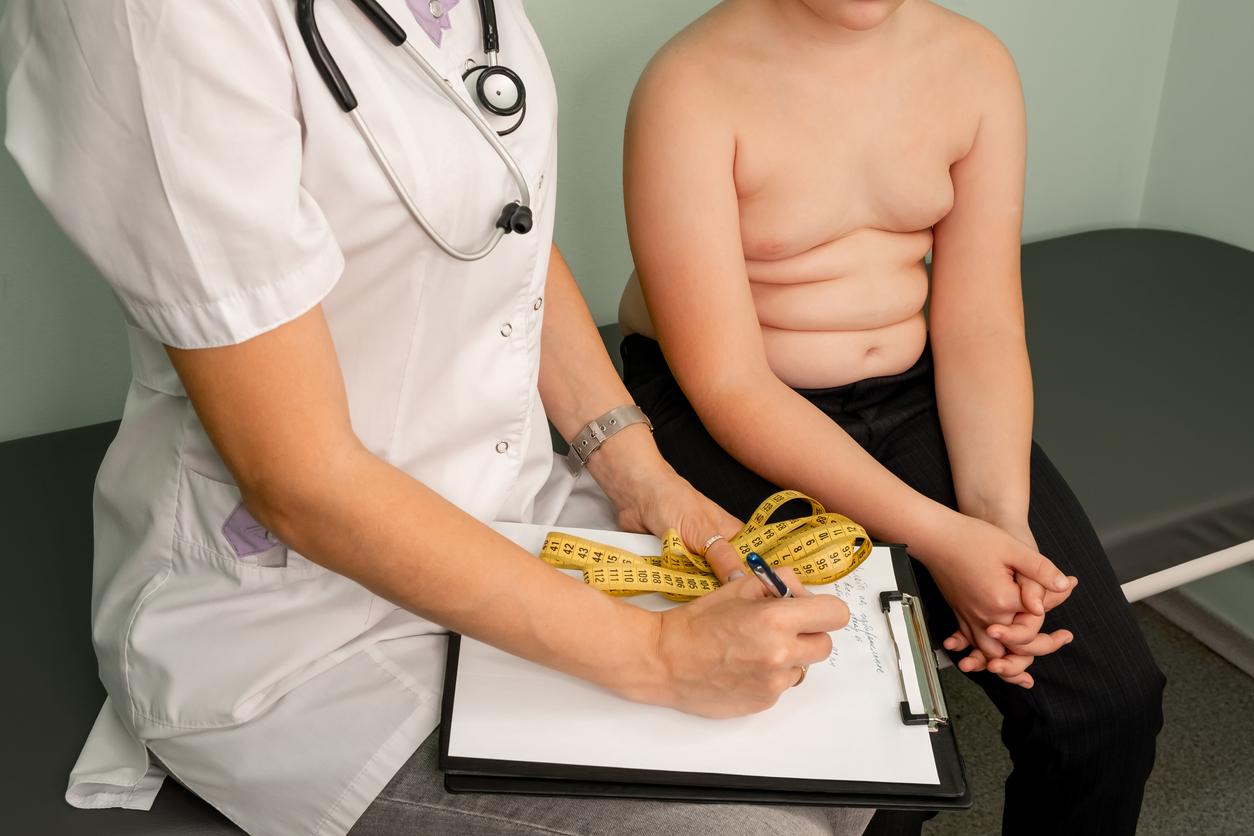By obtaining stem cells from fibroblasts, two teams, American and Japanese, have opened a new therapeutic era.
Obtain truly pluripotent stem cells, similar to embryonic cells, from single skin fibroblasts. This major breakthrough, published simultaneously by the Japanese team of Shinya Yamanaka (in the journal Cell) and the team of in the journal Science, listen to opposite) in November 2007, could upset the landscape of stem cell research. . It follows directly on from the work published in June 2006 by the team of Shinya Yamanaka (University of Tokyo) which had made it possible to obtain induced pluripotent Stem (IPS) stem cells from adult mouse cells.
The technique developed by the Japanese researcher consists in reprogramming an adult cell by introducing 4 genes that lead it to return to an undifferentiated state. IPS cells then apparently behave like embryonic stem cells and can be differentiated into all types of human cells. In addition, they are fully autologous, since they can be obtained from the patient’s own cells.
Obtain pathological models of a patient
Apart from purely clinical applications, relating in particular to degenerative and genetic diseases, these new cell populations offer indirect therapeutic possibilities. They can indeed be used to obtain pathological models to better understand a disease and to test various therapeutic approaches, possibly on the cells of a patient. This new tool could prove to be particularly valuable for carrying out research on cells normally difficult to obtain by biopsy (brain, heart, etc.). Today, adult stem cells are still the closest to clinical applications (see opposite).
It is therefore possible to no longer have recourse to embryos to obtain “embryonic” stem cells, which should lead many laboratories to embark on the race without being limited by the current ethical restrictions (listen to opposite). “However, it remains essential to continue research on embryonic stem cells because there are still too many questions about these new cell lines”, estimates Michel Pucéat, research director at INSERM, in Evry. One of the genes used for reprogramming is indeed an oncogene. “The researchers assure that its expression is only temporary but it should be ensured that it does not remain likely to be awakened, even in the long term”, continues this specialist. Moreover, the introduction of reprogramming genes is done today by means of a retrovirus, certain deleterious sequences of which could be introduced into the genome of cells. Researchers will have to work to circumvent these two obstacles, which make clinical use impossible at present. If they succeed, the IPS cells could render unnecessary the nuclear transfer used to create Dolly (the first mammal obtained by reproductive cloning in 1996), which also poses an ethical problem. However, the ethical risk is not completely eliminated because, as Shinya Yamanaka himself was concerned, the same IPS cell can donate a sperm and an ovum from the same person, who could then become the sole genetic parent of a person. child…
.












-1575033744.jpg)